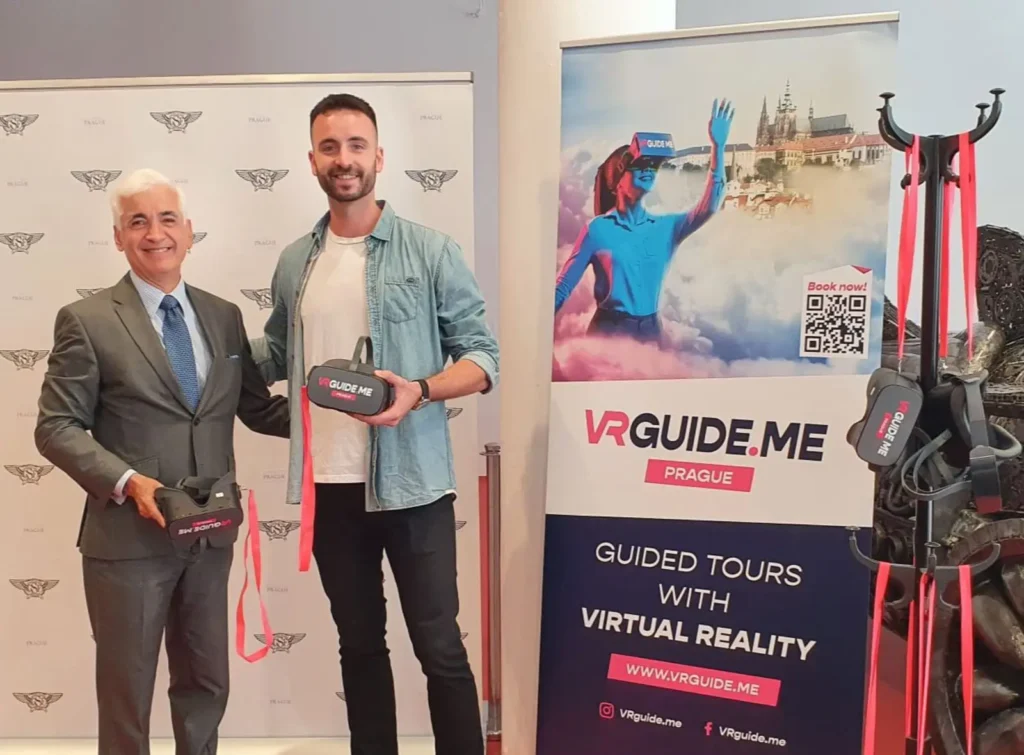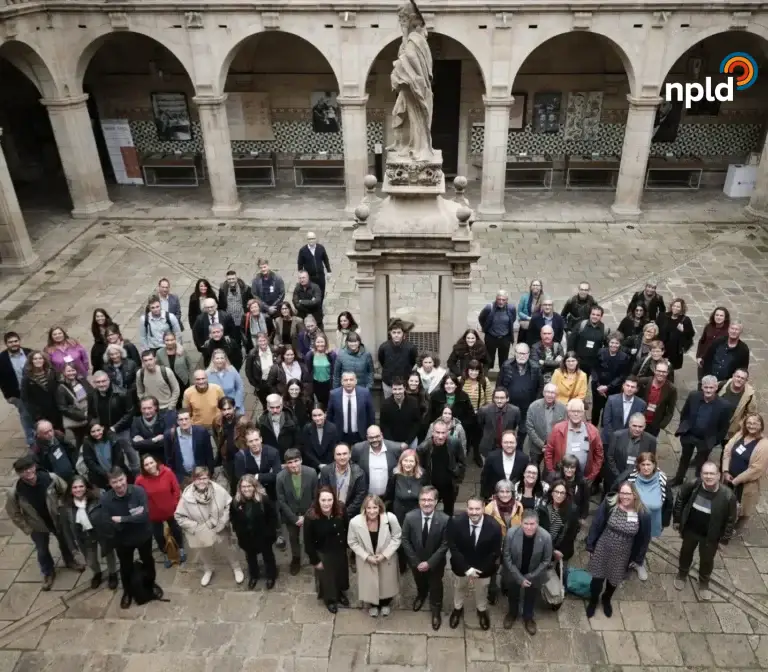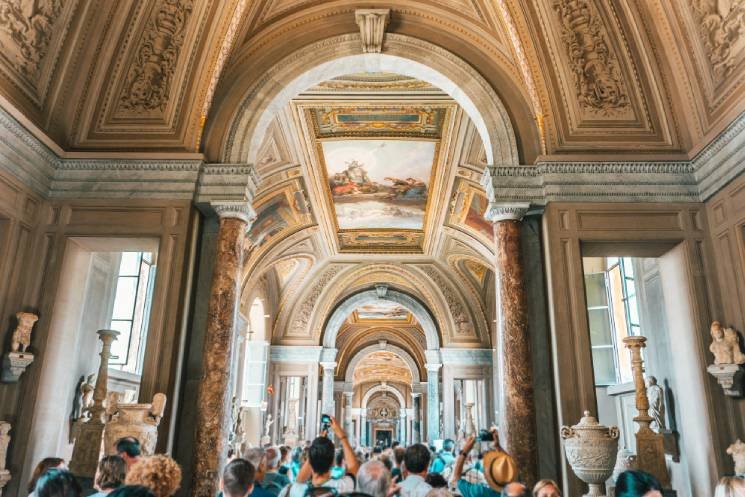
Inicio » Augmented Reality » Augmented reality in museums: a new form of visitor experience
Augmented reality in museums: a new form of visitor experience
Share note:
Augmented Reality (AR) has become an increasingly used technology in various sectors, including the museum world. This technology allows the superimposition of virtual elements over the real world, creating an immersive and enriching experience for museum visitors.
Museums that have incorporated Augmented Reality into their offerings have seen an increase in visitor interest and engagement. AR allows visitors to interact with exhibitions in a deeper and more meaningful way, providing additional and contextual information about artworks and historical objects. In addition, AR can also be used to create interactive and playful experiences, which appeals to a younger and more diverse audience.
In short, Augmented Reality is a technology that is transforming the way museums interact with their visitors. By integrating AR into their offerings, museums can create more enriching and immersive experiences for visitors, which in turn can increase interest and engagement with cultural and artistic heritage.
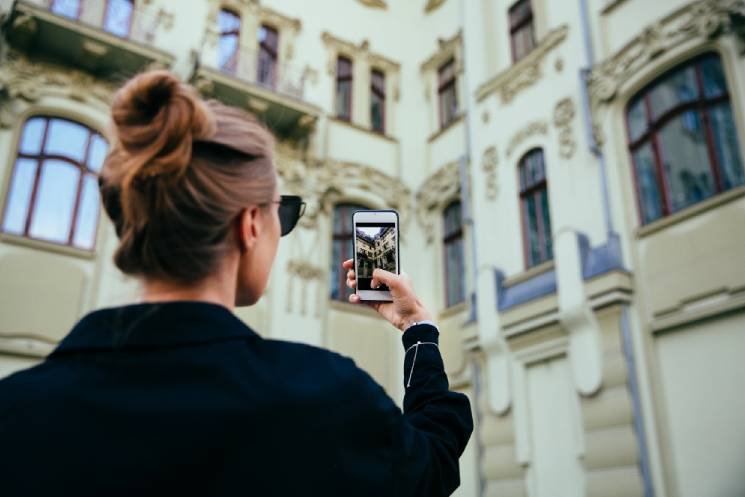
Augmented Reality in Museums
Augmented Reality (AR) is a technology that allows digital information to be superimposed on the real world, in real time, through devices such as smartphones or tablets. In recent years, this technology has become an increasingly popular tool in museums to enhance the user experience.
Museums can use AR in a variety of ways, such as to provide additional information about artworks or exhibits, to create interactive and educational experiences for users, or to enable access to collections from anywhere, even from home.
AR can enrich museum content and make the user experience more engaging and interactive. For example, a museum can use AR to allow users to see what a city was like in the past, to show how a building was constructed, or to bring a painting to life.
AR can also be useful for users who have difficulty moving around a museum, as they can access information from anywhere. In addition, AR allows museums to create personalized content for users, which can increase their interest and engagement with exhibits.
In short, AR is a technology that is transforming the way museums present their content and how users interact with it. By using AR, museums can enhance the user experience and make exhibits more engaging and interactive.
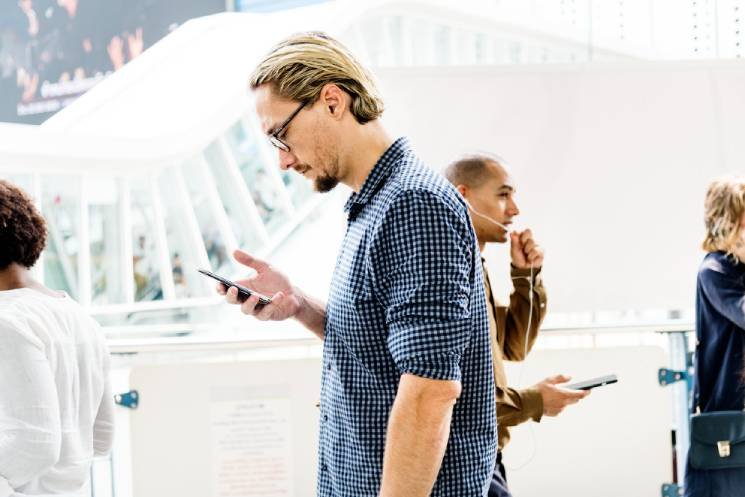
Technology and Tools
Augmented Reality (AR) is a digital technology that combines virtual elements with the real world. Museums have adopted this technology to enhance the visitor experience and offer a new way to interact with exhibits. In this section, we will explore Augmented Reality devices and applications used in museums.
Augmented Reality Devices
Augmented Reality devices are tools that allow visitors to see virtual elements in the real world. Smartphones and tablets are the most widely used devices in museums, as most visitors carry them with them. Mobile devices are used to display additional information about the exhibits, such as videos, images and 3D models.
Google Arts & Culture is an application that uses Augmented Reality technology to display 3D models of artifacts and objects from museums around the world. Visitors can view the objects from different angles and obtain additional information about them.
Augmented Reality Applications
Augmented Reality applications are used in museums to enhance the visitor experience. Apps can provide additional information about exhibits, guide visitors through the museum and offer interactive experiences.
One of the most popular applications is the Augmented Reality application from the company GVAM. This application is used in many museums to provide additional information about the exhibits. Theapplication uses the smartphone or tablet camera to display virtual elements in the real world.
In conclusion, Augmented Reality is an innovative tool used in museums to enhance the visitor experience. Mobile devices and Augmented Reality applications are used to display additional information about the exhibits, guide visitors through the museum and provide interactive experiences.
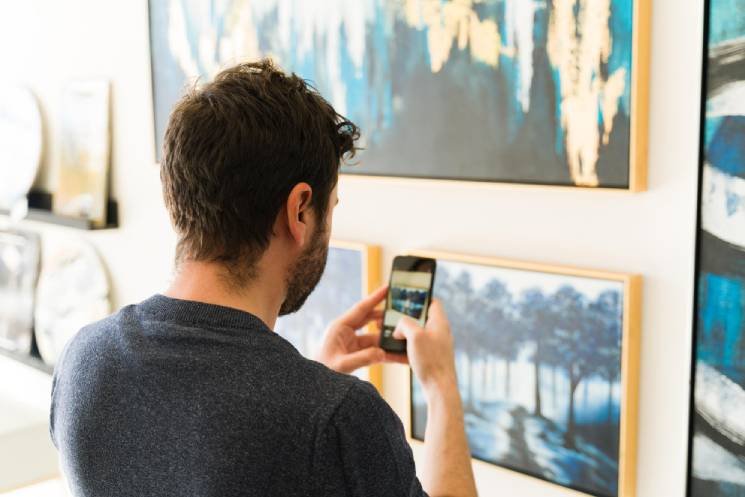
Immersive Experiences
Augmented Reality (AR) and Virtual Reality (VR) have revolutionized the way people experience art and culture in museums. Visitors can enjoy exciting immersive and interactive experiences that transport them to a world where they can become part of the environment and access simplified content, even if they are not subject matter experts.
Immersion in Art and Culture
AR and VR allow users to interact with works of art and experience culture in a whole new way. Museums can use these technologies to create immersive experiences that transport visitors to different times and places, and allow them to view works of art from different perspectives. For example, the Prado Museum in Madrid has created a virtual reality experience that allows visitors to explore Hieronymus Bosch’s masterpiece, “The Garden of Earthly Delights,” in a 360-degree experience.
Augmented Reality in Education
AR also has great potential in education and learning. Schools can use this technology to create immersive experiences that allow students to explore complex concepts and topics in a more visual and engaging way. For example, an AR application could allow students to explore the solar system in 3D, or see how the human body works from the inside.
In short, AR and VR are transforming the way people experience art and culture in museums, as well as in education and learning. These technologies allow users to interact with content in a more immersive and interactive way, which can increase their understanding and interest in the subject matter.
Impact on Heritage Conservation and Communication
Augmented Reality (AR) has proven to be a valuable tool for the conservation and communication of cultural heritage in museums. AR technology allows visitors to interact with the collections in a more immersive and personalized way. In addition, AR can aid in the preservation of cultural heritage by providing a way to document and conserve historical objects and spaces.
Heritage Conservation through Augmented Reality
AR can be used to aid in the conservation of cultural heritage by providing a way to document and preserve historical objects and spaces. Museums can use AR to create 3D virtual models of objects and spaces that can be used for conservation and restoration. These models can be used to document the current state of objects and spaces, as well as to plan and visualize restorations.
In addition, AR can be used to create an immersive virtual tour experience to historical spaces that are not available for physical tours. This allows visitors to explore and learn about history and culture in a more interactive and personalized way.
Communication and Narratives with Augmented Reality
AR can also be used to improve communication and narratives in museums. Museums can use AR to create immersive, personalized experiences that allow visitors to interact with collections in a more meaningful way.
AR can also be used to provide additional, contextual information about collections. Museums can use AR to provide detailed information about objects and the stories behind them. This allows visitors to learn more about the history and culture in a more interactive and personalized way.
In summary, AR has a significant impact on the conservation and communication of cultural heritage in museums. AR technology allows visitors to interact with collections in a more immersive and personalized way, and can be used to document and preserve historical objects and spaces. In addition, AR can be used to enhance communication and narratives in museums and provide additional, contextual information about collections.
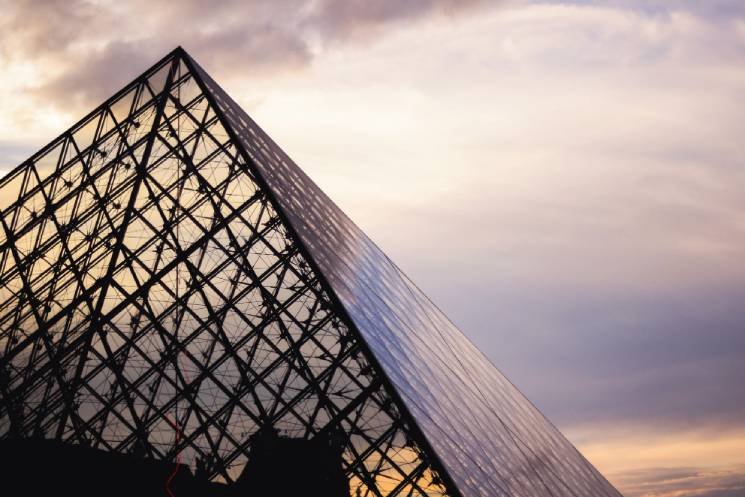
Case Studies
Louvre Museum
The Louvre Museum is one of the most famous museums in the world and has been a pioneer in the implementation of augmented reality in its exhibitions. In 2019, the museum presented an exhibition called “Mona Lisa: Beyond the Glass” that used augmented reality technology to allow visitors to explore Leonardo da Vinci’s painting in a whole new way.
The exhibition used an augmented reality application that allowed visitors to get up close to the painting and see details that are not normally visible to the naked eye. The application also included additional information about the painting and its history.
The exhibition was a great success and has demonstrated the potential of augmented reality in the field of museums and art. The Louvre Museum has continued to use augmented reality in other exhibitions and it has proven to be a valuable tool for enhancing the visitor experience.
Natural History Museum of London
The Natural History Museum in London has used augmented reality in several exhibits to allow visitors to explore the natural world in a new and interactive way. In a natural history exhibit, for example, augmented reality was used to allow visitors to see extinct animals in 3D and learn more about their history and evolution.
Augmented reality has also been used in science and technology exhibits to allow visitors to interact with 3D models of objects and machines. Technology has proven to be a valuable tool for enhancing the visitor experience and making information more accessible and engaging.
In short, museums have used augmented reality to enhance the visitor experience and make information more accessible and engaging. The Louvre Museum and the Natural History Museum in London are just two examples of how technology can be used effectively in the field of culture and history.
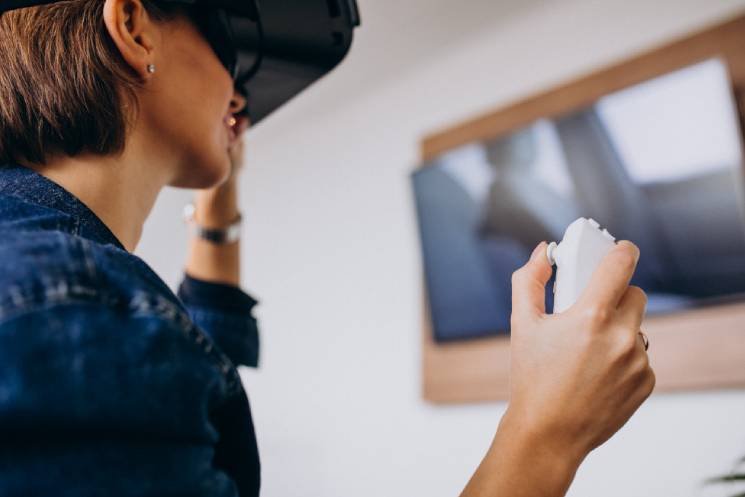
Future of Augmented Reality in Museums
Augmented Reality (AR) is an innovative technology that is increasingly being used in museums to enhance the visitor experience. In the future, AR is likely to remain an important tool for museums, as it offers a wealth of possibilities for enhancing visitor interaction with exhibits.
One of the ways in which AR can be used in the future is through the metaverse, a kind of virtual world where visitors can interact with exhibits in a more immersive way. Museums could create their own metaverse, allowing them to reach a wider audience and offer a more personalized experience.
Another way AR could be used in the future is through integration with other innovative technologies, such as artificial intelligence and machine learning. This would allow museums to offer a more personalized experience to visitors, tailoring exhibits to their interests and preferences.
In addition, AR could also be used to improve accessibility in museums, allowing people with visual or hearing impairments to interact with exhibits in a more meaningful way. This could include incorporating captions or audio descriptions into exhibits, or using AR to create tactile models of the pieces.
In summary, AR is an innovative technology that has great potential to enhance the visitor experience in museums. In the future, AR is likely to remain an important tool for museums, as it offers a wealth of possibilities for enhancing visitor interaction with exhibits.
Questions about augmented reality in museums
Which museums offer augmented reality experiences?
More and more museums are offering augmented reality experiences. Some of the most prominent museums offering such experiences include the Louvre Museum in Paris, the British Museum in London, the Museum of Contemporary Art in Barcelona and the Museum of Modern Art in New York. However, many other museums are also incorporating augmented reality into their exhibits.
How is augmented reality used in museum exhibitions?
Augmented reality is used in museum exhibits in many different ways. For example, it can be used to display additional information about a work of art or to bring historical objects to life. It can also be used to create interactive and immersive experiences for visitors.
What are the benefits of augmented reality in museums?
Augmented reality offers many benefits in museums. For example, it can make exhibits more engaging and interactive for visitors. It can also provide additional information on works of art and historical objects. In addition, augmented reality can help visitors better understand the history and culture behind the exhibits.
How is augmented reality integrated into a museum visit?
Augmented reality can be integrated into a museum visit in many different ways. For example, it can be used on mobile devices or augmented reality glasses to provide additional information about works of art and historical objects. It can also be used to create interactive and immersive experiences for visitors.
What is the impact of augmented reality on arts education?
Augmented reality can have a great impact on arts education. For example, it can help students better understand works of art and historical objects by providing additional information and contextualization. It can also make learning more engaging and interactive for students.
How can the Oculus Quest 2 goggles be put to good use when visiting museums?
The Oculus Quest 2 goggles can be used on museum tours to provide immersive augmented reality experiences. For example, they can be used to create interactive and immersive experiences for visitors. They can also be used to display additional information about works of art and historical objects.
Would you like to apply Augmented Reality in your projects? At Virtual Arena we are specialists in consulting and AR development for companies and institutions.
Recent articles
Do you have a project in mind?
Related articles

